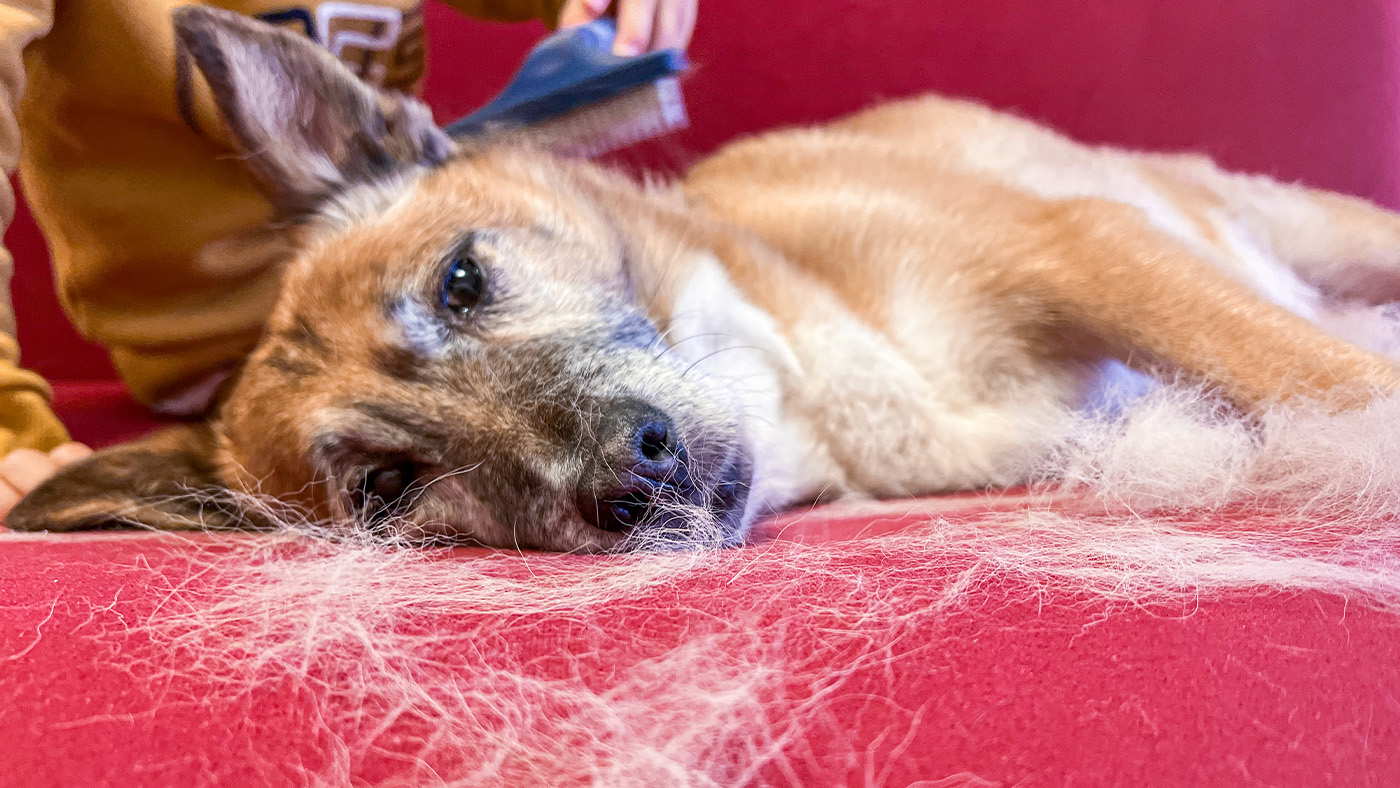Beagle vs basset hound: Which scent hound is right for your home?
What are the differences between these hounds?
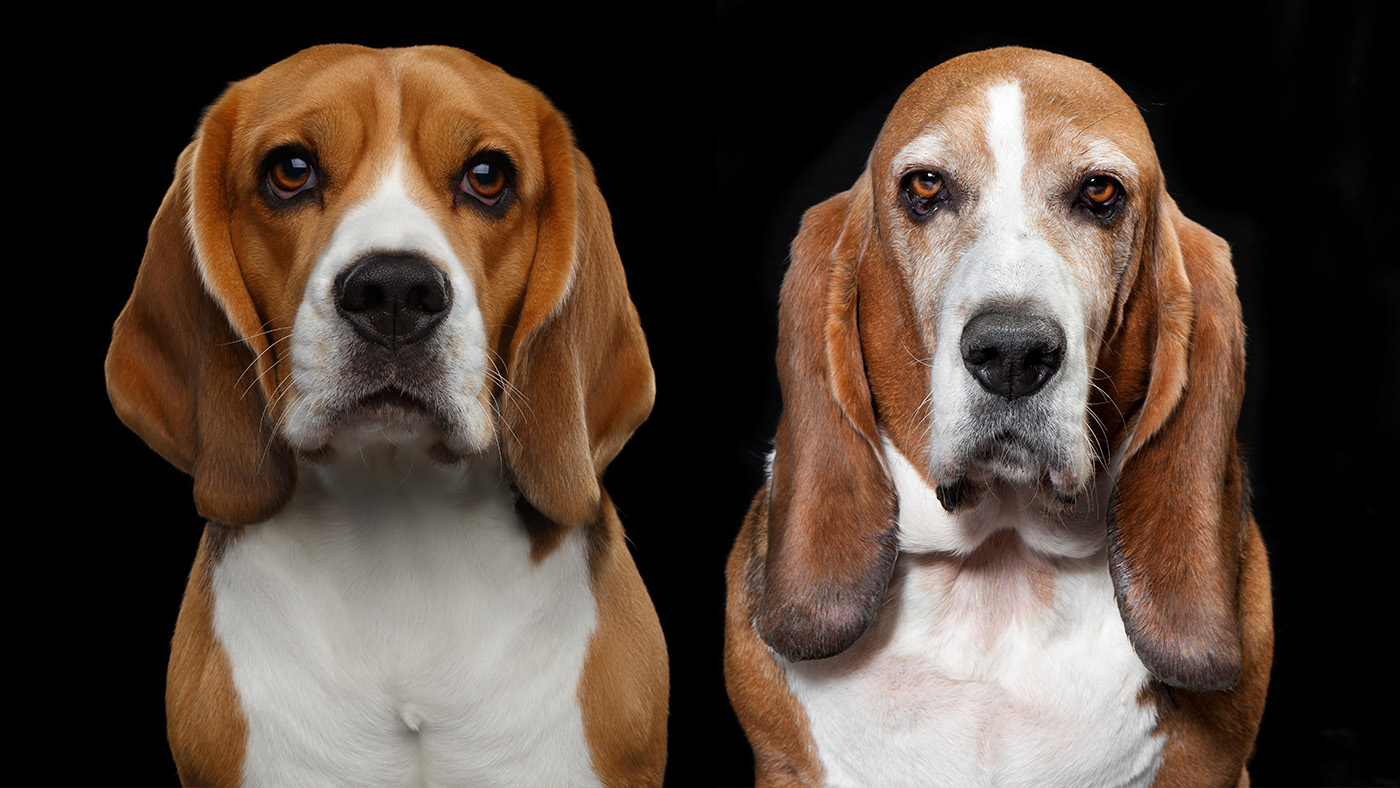
If you're looking for a playful and friendly dog who's great with kids or other pets, then reading up on the similarities and differences between the beagle vs the basset hound may help you to find the forever friend you're looking for.
Both charming and lovable hound breeds, the beagle and the basset hound are both known for their keen sense of smell, somewhat stubborn natures and are deeply devoted to their humans.
But while beagles are adventurous and thrive on plenty of exercise, basset hounds are more laid back and prefer calmer activities. And although these scent hounds are very sweet-natured, they're not always the easiest to train, so you'll want to come armed with plenty of patience if you plan on welcoming one of these pups into your family.
To help you learn more about these two loyal breeds with a keen sense of smell, we spoke to expert vet Dr Rebecca MacMillan. Below, we reveal everything you need to know – from how much exercise they need each day to the health considerations you'll want to be aware of.
Size: beagle vs basset hound
When it comes to size, both the beagle and the basset hound are typically considered to be medium-sized dogs, and there really isn't all that much in it when it comes to their height.
The basset hound is slightly larger, measuring around 15 inches, while the beagle tends to reach heights of around 13 inches.
Where the two breeds do differ substantially is in their weight, with basset hounds tipping the scales at 40–65 pounds and the beagle coming in at a much more svelte 20–30 pounds.
PetsRadar Newsletter
Get the best advice, tips and top tech for your beloved Pets
Basset hounds tend to weigh as they have have a heavier bone structure, but they're also not as hyper or active as the beagle, so they tend to gain weight more easily.
Appearance: beagle vs basset hound:
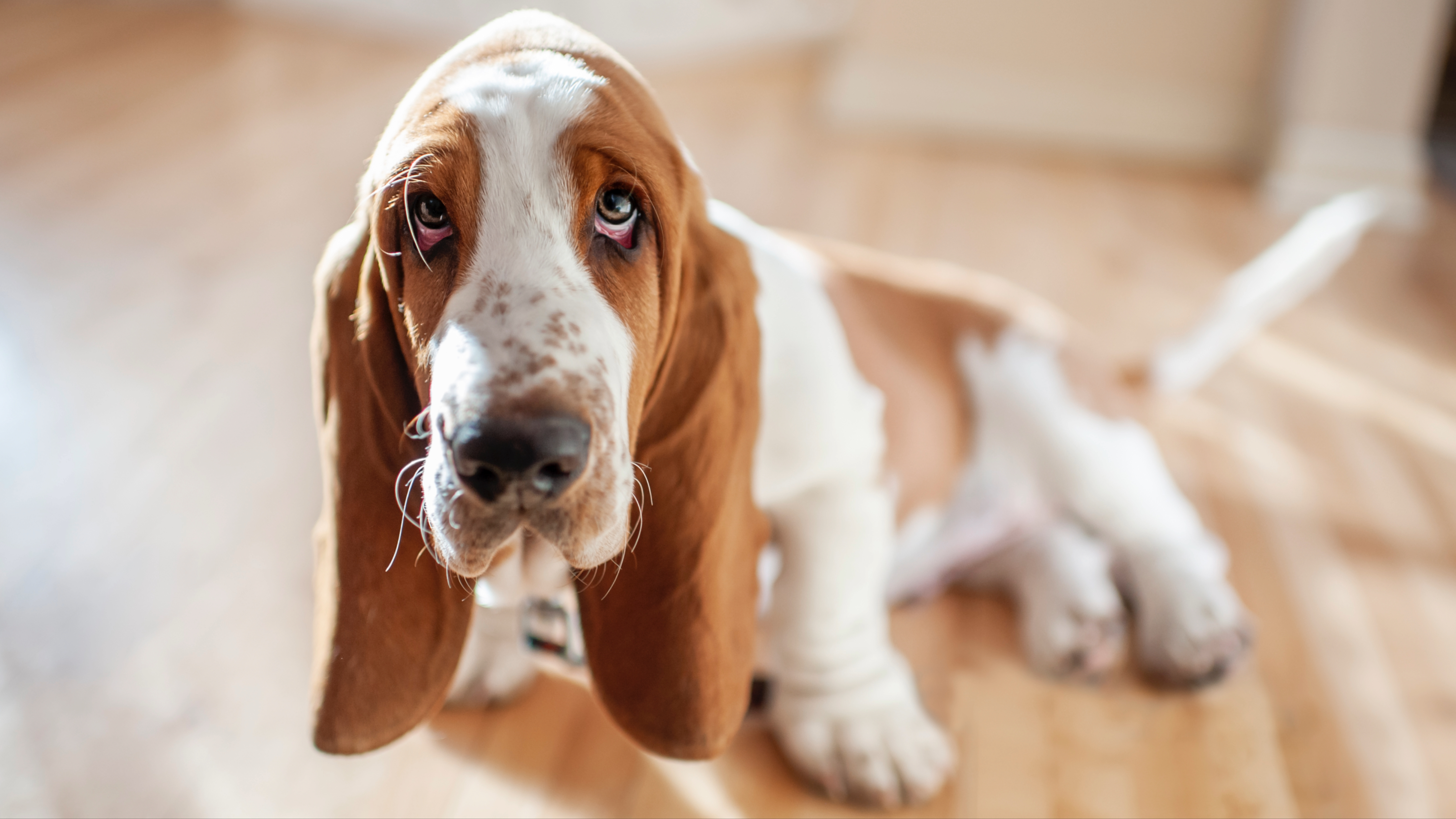
One of the most significant differences between beagles and basset hounds is their appearance, with the former having a very muscular build and the latter having a low-slung body.
Beagles are solid and sturdy dogs with big eyes that are either brown or hazel in color. They have long ears, a broad head and are mainly known for their tricolor saddle markings or bicolor tan and white coats.
Basset hounds are heavy boned with powerful short legs and are instantly recognizable thanks to their mournful expression, very long and droopy velvety ears, and wrinkled brow. They're typically black, white, and tan or tan and white.
Trainability: beagle vs basset hound
If you're thinking about welcoming a beagle or basset hound into your family, it's worth noting that they were bred for a very similar purpose, which can make training them a challenge.
"These working dogs are designed to operate away from their owner, using their sense of smell to track and follow wild animals during hunts," explains Dr MacMillan. "This is what gives them their independent, and some would say, stubborn streak! They also have a high prey drive and are liable to take off after a scent."
You may be wondering if one is easier to train than the other, and Dr MacMillan says the basset hound just gets the edge here.
"Basset hounds are lower energy and more laid back than beagles, so they tend to be a bit easier to train. Beagles are perhaps the more intelligent of the two, but there’s not really much in it."
The good news is that when it comes to training your dog on your own, both pups can be trained successfully as long as you're consistent and use lots of positive reinforcement. Both the beagle and the basset hound respond really well to praise, and a few of the best dog treats won't go amiss, either!
"However, for owners who are struggling, I always suggest that they contact a professional dog trainer or behaviorist for advice," Dr MacMillan says.
Exercise: beagle vs basset hound
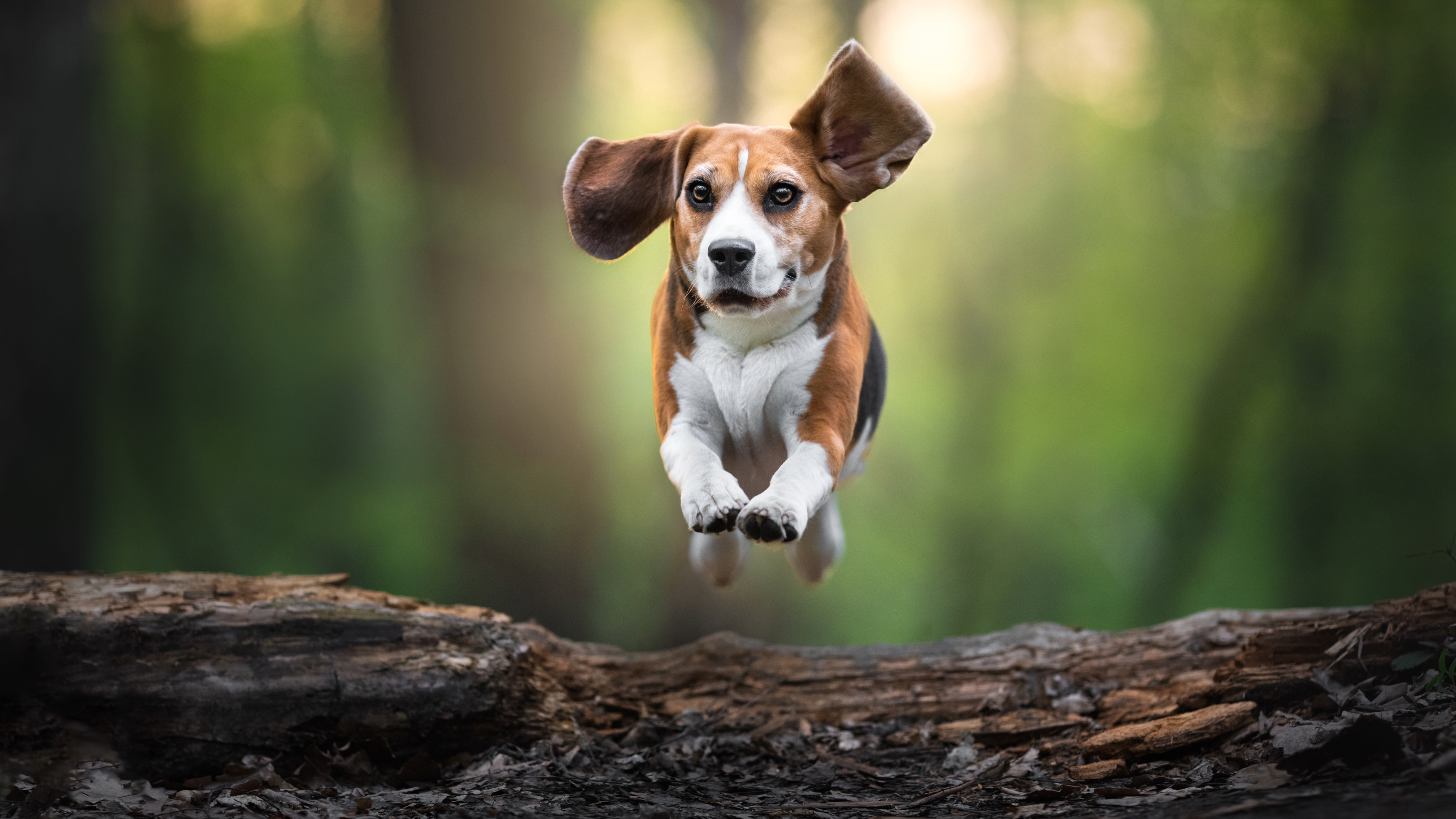
Energy levels are often a key consideration for potential dog owners. Some people want a very active pup they can go running or hiking with, while others would prefer a more sedate companion who's content with a gentle stroll each day.
While they're both scent hounds, Dr MacMillan says that beagles and basset hounds do differ when it comes to their exercise needs.
"Beagles are used to running around in packs and are considered a high-energy breed compared to basset hounds," she explains. "The basset hound’s shape and size are not built for speed. These dogs are fine with 30–60 minutes per day, depending on their age and health. Beagles, however, need 60–90 minutes per day."
However, just because basset hounds tend to be much calmer and more relaxed than beagles, that doesn't mean they don't enjoy playing. It's worth investing in a few of the best dog toys for those times when they're looking to burn off some energy.
Grooming: beagle vs basset hound
Nobody wants their floors and furniture covered in dog hair, so you'll be relieved to learn that both the beagle and the basset hound have short, easy-to-care-for coats.
"They should only require a moderate amount of brushing to remove loose hairs, so they are pretty low maintenance," Dr MacMillan confirms.
However, while cleaning up fur on a daily basis is unlikely to be an issue, the basset hound does require some additional grooming that you won't have to worry about if you choose to adopt a beagle.
"Basset hounds are more prone to ear and skin complaints due to their droopy features," Dr MacMillan explains. "Depending on your vet’s advice, you may need to perform regular ear cleaning or medicated topical treatments as part of their grooming regime."
Take a look at our guide on how to clean a dog's ears for lots of tips and tricks from a vet.
Health: beagle vs basset hound
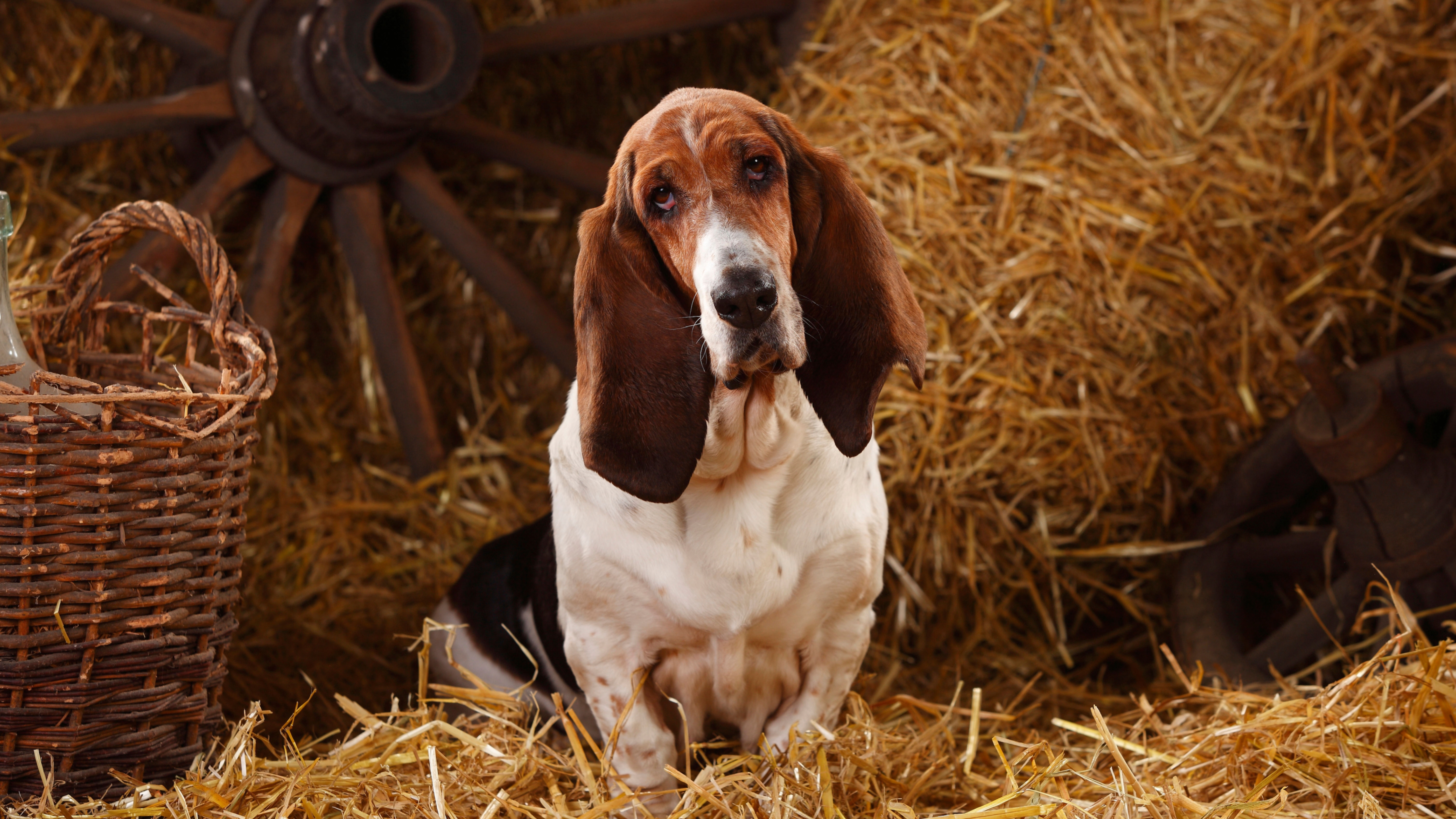
Health is another key area you're likely considering if you're weighing up which one of these two breeds to adopt. Unfortunately, no matter what dog breed you choose, they'll always come with certain health issues that they're susceptible to. Below, Dr MacMillan explains what you can expect.
"The basset hound is prone to several health complaints. They are a chondrodystrophic breed, which means they have abnormal cartilage development," she explains. "This is what gives them their characteristically short legs, but sadly also puts them at risk from serious spinal problems.
Their short legs are prone to angular limb deformities. This causes twisted limbs as they grow, which results in abnormal loads and pressure on joints. This will lead to the early onset of arthritic change, especially if these dogs are allowed to become overweight."
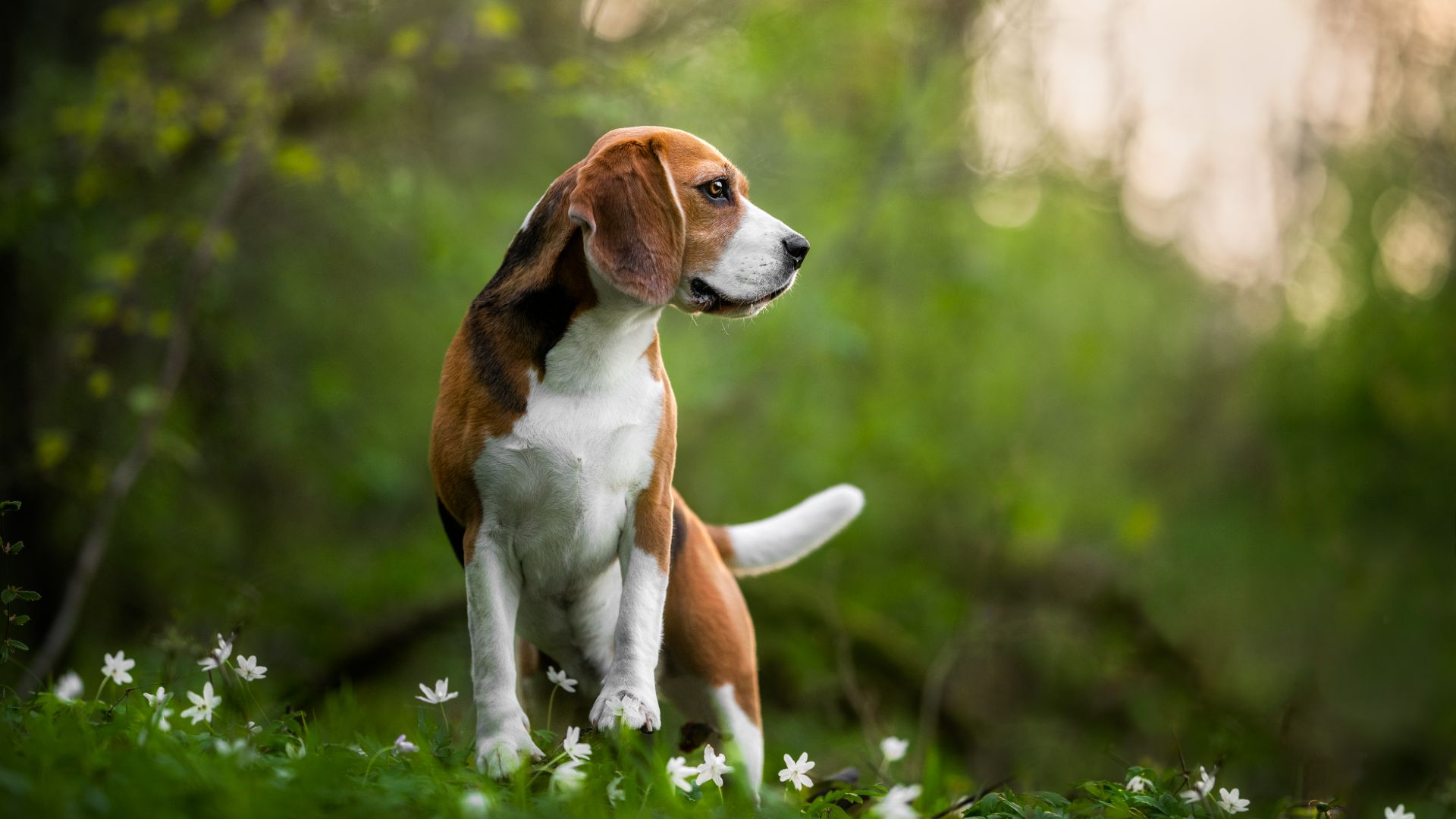
Alongside this, basset hounds also have another issue that you'll want to be on the lookout for.
"They're very prone to skin and ear infections," Dr MacMillan says. "Their droopy ears can become very warm and moist, the perfect breeding ground for yeast and bacteria."
As for the beagle, Dr MacMillan says they're also susceptible to certain health complaints, including hypothyroidism, which is one of the most common illnesses dogs get.
"This condition slows their metabolism, causing weight gain, coat changes, and lethargy. Skin allergies and ear infections are fairly common in beagles, too."
You'll also want to watch what both breeds eat as they're fairly food-oriented and prone to obesity. Be sure to follow the serving guidelines and limit things like long lasting dog chews and treats to 10% of their daily caloric intake.
Of the two dogs, Dr MacMillan says that beagles are generally healthier than basset hounds but that both dogs will benefit from regular check-ups and proactive owners.
Owner suitability: beagle vs basset hound
With the right socialization and training, both the beagle and the basset hound are friendly and adaptable dogs. However, there are some differences that make each breed better suited to some owners as opposed to others.
"I find the basset hound is the more laid back and relaxed of the two, so I think they would be most suited to families with young children or other pets," advises Dr MacMillan.
"The beagle does require more exercise than the basset hound, so they would be more suitable for a family with an active lifestyle. This may mean the beagle is better in a home that has older children or teenagers who can also be involved in the dog’s care."
Read next: beagle facts and basset hound facts
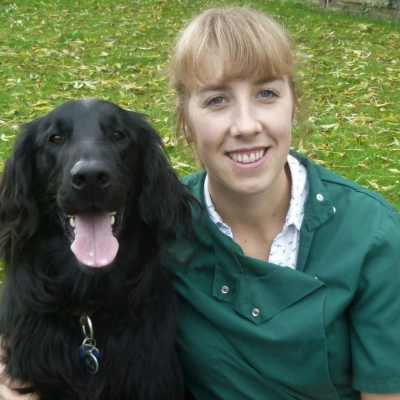
Rebecca is a veterinary surgeon who graduated in 2009 from the Royal Veterinary College in London. She has a wealth of experience in first-opinion small animal practice, having done a mixture of day-to-day routine work, on-call emergency duties and managerial roles over the years. Rebecca enjoys medicine in particular and she is proud to have recently achieved a BSAVA postgraduate certificate in small animal medicine (with commendation).

Kathryn is a freelance writer who has been a member of the PetsRadar family since it launched in 2020. Highly experienced in her field, she's driven by a desire to provide pet parents with accurate, timely, and informative content that enables them to provide their fur friends with everything they need to thrive. Kathryn works closely with vets and trainers to ensure all articles offer the most up-to-date information across a range of pet-related fields, from insights into health and behavior issues to tips on products and training. When she’s not busy crafting the perfect sentence for her features, buying guides and news pieces, she can be found hanging out with her family (which includes one super sassy cat), drinking copious amounts of Jasmine tea and reading all the books.
